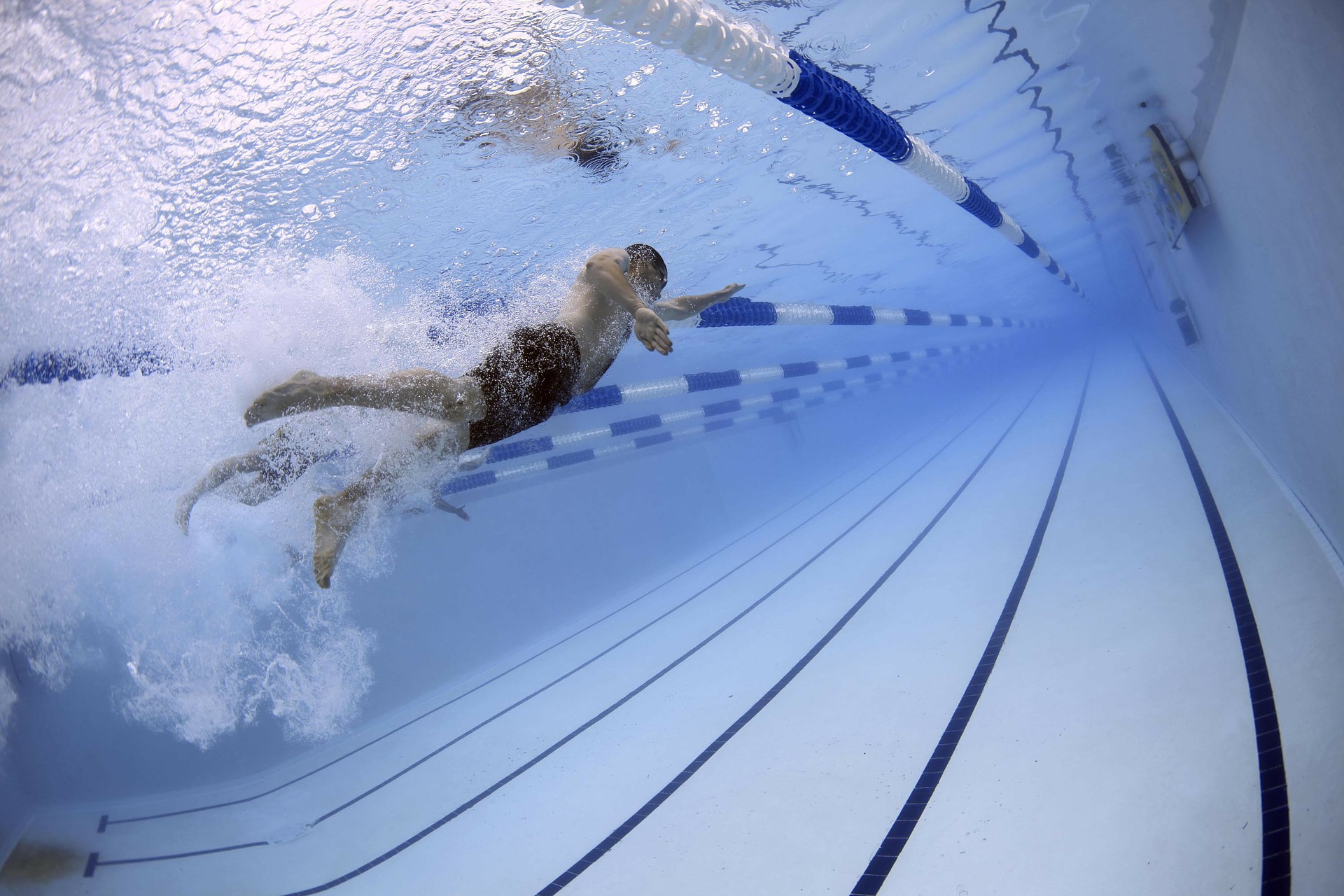As the temperature starts to rise, many of us are excited to participate in swimming events. Whether you enjoy floating on the lake with friends, swimming competitively in a pool, or taking to the beach to play in the cold waves, swimming is an ideal exercise to improve your health and wellbeing. However, just like all other sports, swimming comes with a risk of injury. We want you to get the most out of the summer months, which is why we are sharing with you the most common swimming injuries, how to prevent them, and what to do if you do get injured.
Common Summer Swimming Injuries
The most common summer swimming injuries occur when swimmers perform unhealthy stroke mechanics, repeatedly overstrain their muscles, and do not exercise precautions like warming up or stretching regularly.
These improper swimming practices can lead to the five most common summer swimming injuries:
- Swimmer’s shoulder
- Swimmer’s knee
- Neck injuries
- Back pain
- Hip pain
Swimming Injury Prevention
To prevent summer swimming injuries, we encourage you to implement these injury prevention practices with the most common swimming styles.
Freestyle
- When breathing, keep the head and neck in one long line with the body to prevent unnecessary contorting of the neck.
- When surfacing for air, turn your body to the side to minimize twisting your neck.
- Alternate breathing sides to preventing excess strain on one side.
Backstroke
- Practice proper stroke mechanics: deviation from the appropriate mechanics can result in strain, so you need to rotate the body properly.
- Start slow; weaker muscles in the neck will tire quickly and can become strained. As they grow stronger, you can increase the time and distance spent.
Butterfly
- Timing is everything: practice this stroke in short intervals until you can perform the stroke properly each time. Improper timing can result in neck, shoulder, and back pain.
- Emphasize your stroke with a strong kick; however, make sure that your legs are properly positioned to avoid strain on the knees and ankles.
Breaststroke
- Keep the head and neck in one long line with the body to prevent unnecessary contorting of the neck.
- Maintain thigh and hip muscles during the off-season, as these muscles can reduce strain on the knees.
All Swimming Styles
Of course, if you feel any kind of strain, fatigue, soreness, or pain, you should cease swimming immediately. If, after resting, it goes away, you can resume your activity carefully. However, if you regularly feel any of the above, you should seek medical attention to identify the underlying problem.
First Care Medical Treats Sport’s Injuries
Despite taking proper action to protect yourself against injury, it can still happen. If you have sustained a swimming injury or are still experiencing pain, discomfort, or soreness after 48 hours, we encourage you to visit First Care Medical to get checked out by our highly trained staff. For more information on First Care, please click HERE.





